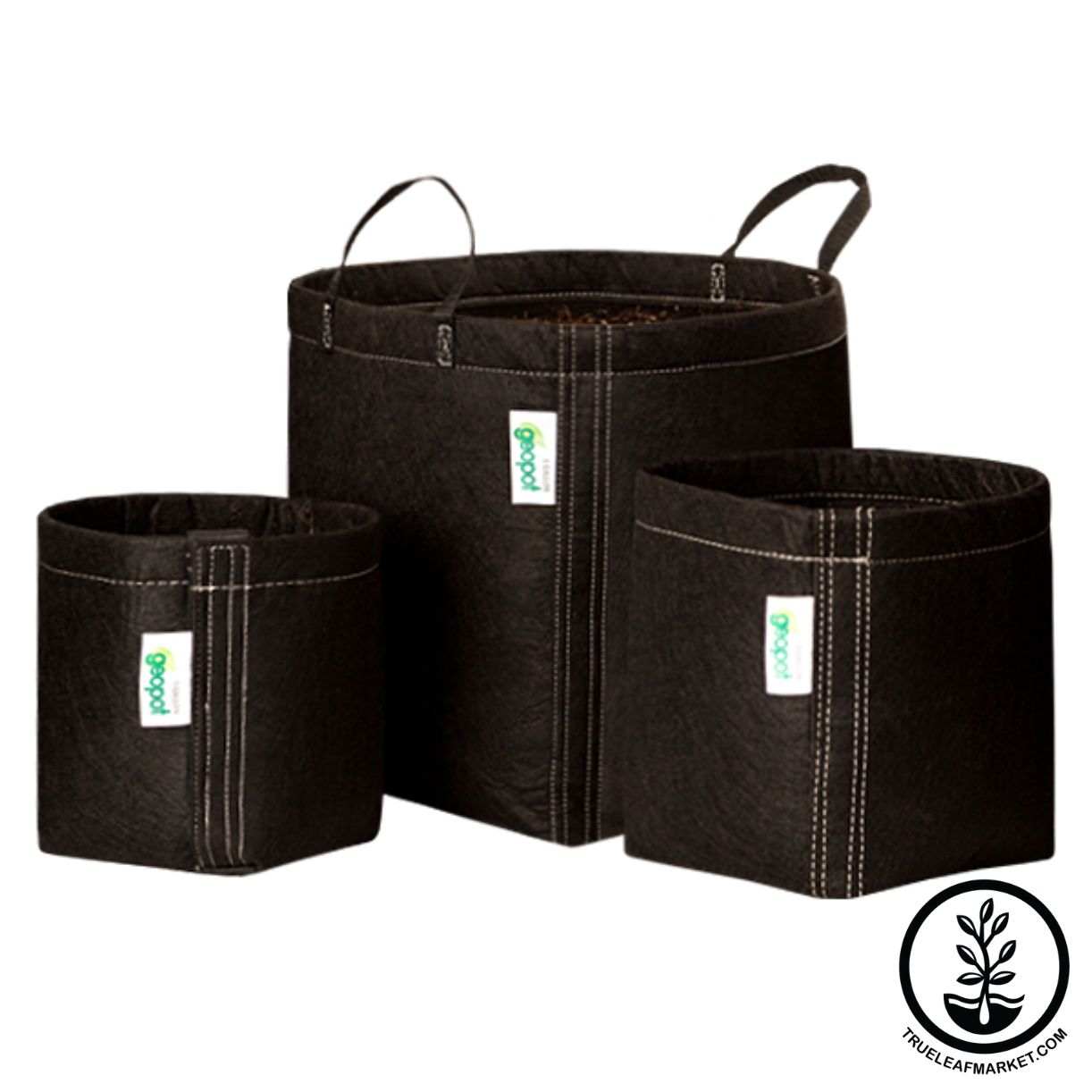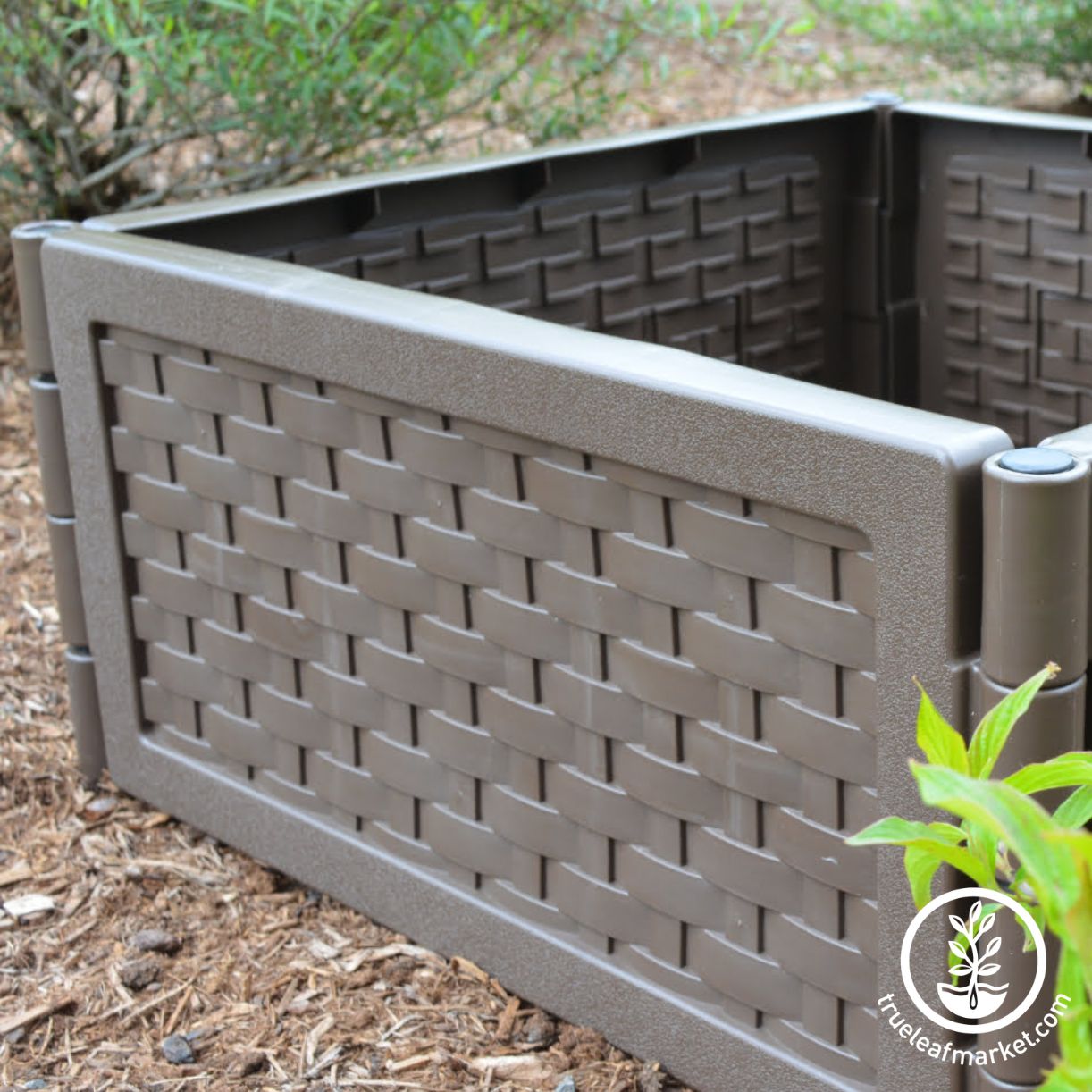
Ashleigh Smith

Designing A Garden For Beginners
If you are just starting out, gardening can be kind of intimidating. What kind of tools to use? What to plant? How do you plant? There can be a lot of questions if you haven’t had any experience with growing before. The good news is gardening can be very simple. The key is meeting the main requirements plants need to grow, including soil, water, and sunlight. You can start a garden in any container that will hold your soil and allow excess water to drain. It is generally best if it is also located in an area that gets eight or more hours of full sunlight a day.
Once you have your garden space planned, you will need seeds or starts ready to go. Starts are just young plants you would pick up from a local nursery or start growing seeds indoors yourself. Check out our seed starting article for instructions on how to start seeds indoors. If you aren’t sure what seeds should be started indoors vs. directly sown, take a look at our “When Should You Start Your Seeds Indoors” article.
As for the fun part of actually planting your seeds, we recommend using the square foot method for a beginner. This method was taught by many individuals throughout history but was named and made popular by Mel Bartholemew. This method centers on the idea that plants can be arranged in patterns for optimal use of each square foot in your garden. Planting in rows has long been the most popular method for its organization and ease of planting. Although it leaves some unused space, the square foot design allows for greater variety and 100% of your space to be productive regardless of the size or shape of your growing space. Below you can find instructions on how to design and plant your garden. Simplify the process of planting seeds by using this square seeding template.
Other similar methods include the biointensive method taught by John and Cynthia Jeavons. This method focuses on enriching, replenishing, and restoring the soil. They use many organic growing practices paired with planting seeds and starts close together to reduce water evaporation and utilize the plants' shade to reduce watering requirements over time. Plants grow stronger when they are surrounded by more plants. This is because they can better retain water within the root zone when working together. They can also share nutrients and deter pests.
How to Design a Square Foot Garden
- Prepare your soil by amending it with compost and/or fertilizer
- Outline each square foot with string, wood, wire, etc.
- Decide what plants you want to include based on how many squares they will take up and how much you want to harvest.
- Build or place a support system, such as a trellis, in the squares that will require extra support during growth.
- Plant your seeds or starts according to the recommended planting rate per square foot. To make the planting phase easier, try using this seeding template tool.
- Care for your plants by watering them each day, weeding regularly, and fertilizing them as needed.
Planting Rates:
1 per Square Foot - Lettuce, Tomatoes, Peppers, Potatoes, Kale, Eggplant, Rosemary, Parsley, Chives, Oregano
2 per Square Foot - Cucumber and Squash with growth supports, Broccoli, Cabbage, Cauliflower
4 per Square Foot - Garlic, Basil, Kohlrabi, Leeks, Leaf Lettuce, Onions, Radishes, Rutabaga, Swiss Chard
9 per Square Foot - Green Beans, Beets, Cilantro, Peas, Spinach, Turnips
16 per Square Foot - Carrots, Parsnips, Radishes
*Corn can be planted 1 per square foot, however, it really grows best when planted in a block with several rows.
For more information and updated methods we recommend studying Mel Bartholomew's course for Square Foot Gardening.
About the Author

I'm Ashleigh Smith, a native to Northern Utah. I first gained a love of gardening with my grandmother as I helped her each summer. I decided to make a career of it and have recently graduated with a Bachelor's degree in Horticulture from Brigham Young University - Idaho. My studies have focused on plant production while I also have experience in Nursery & Garden Center Operations.
Our Recommended Picks
Leave a comment
Your email address will not be published. Required fields are marked *
8 comments
Janet
The basic idea of square foot gardening was around long before Bartholomew . I remember reading a book by Jon Jeavons and putting it into practice in the early 70s and others practiced the basic idea of closely planted crops, particularly in beds vs rows was even earlier. I had an old ,even at that time , Organic Gardening book that talked about the basic tenets.
Yvette
Hello, I’ve been trying to find someone that can help me come up with a square foot garden bed for zone 11 – Puerto Rico. I will be there in February hoping to plant with the hopes of harvesting what u can in April and in August. Can you help?
True Leaf Market
Yvette, I recommend you try growing plants that like hot weather, such as beans, cucumber, eggplant, squash, tomatoes, and peppers. You can find some good resources for growing in hot climates (zones 11+) listed under Hawaii or Florida on our Hardiness Zones by State page (https://www.trueleafmarket.com/pages/hardiness-zones-by-state) or plant ideas on the planting by zones page (https://www.trueleafmarket.com/pages/planting-by-zones). Extension services for these states may have helpful information for you as well. For large or vining plants, try using a trellis or support to improve airflow through the foliage.
Jessica
A great tip is to make sure you use a thoroughly sifted compost when square foot gardening. I had tossed an old acorn squash and sunchokes in my compost and every year after, I always had sunchokes stalks and acorn squash vines sprawling everywhere. Thankfully I enjoyed both.
Lauren
I have never heard of this method, but I love the concept! Thank you for providing the template resource. I might give this method a try in my raised beds this spring!
Heather
I did the square foot method after I built my raised beds. I used thumbtacks and string, almost like in your first picture. The only difference is that I used bright red yarn left over from a Christmas project! I could definitely see the squares! Seriously, square foot makes spacing plants so much easier. Now I use the seeding square.
JoJo
I love this method! It’s the best way to maximize your raised garden beds & that nifty tool helps everyone visualize what to plant in a square foot. Can you really get 2 squash plants in a square foot? I’m going to try!
barbara
how to get rid of weed before I plant seeds?
Further Reading

November Gardening Guide: 5 Tasks to Prepare Your Garden for Winter
Written By Lara Wadsworth November is a key transitional month in the garden. Most zones are gathering in their last rounds of harvests, but the entire garden isn’t quite dormant yet. Even if the frost has arrived in your growing location, there’s stil...

Ashleigh Smith
2025-11-036 min read0
How to Choose the Right Tobacco Seed Variety for Your Garden
Selecting the right tobacco seed variety can make or break your growing season. For experienced gardeners, this choice isn’t just about aesthetics—it’s about matching your growing environment and goals with the perfect plant genetics. Whether you’re gr...

Ashleigh Smith
2025-10-294 min read0
Everything You Need to Know About Tobacco Seeds
Growing tobacco seeds is an art form for seasoned home gardeners. Whether you’re intrigued by the plant’s ornamental qualities, want to harvest for fresh processing, are curious about heirloom varieties, or simply love the challenge of nurturing delica...

Ashleigh Smith
2025-10-297 min read0
Mild Climate Winter Gardening Guide for Zones 9 & 10: What to Plant and When
Coming soon!

Ashleigh Smith
2025-10-171 min read0












